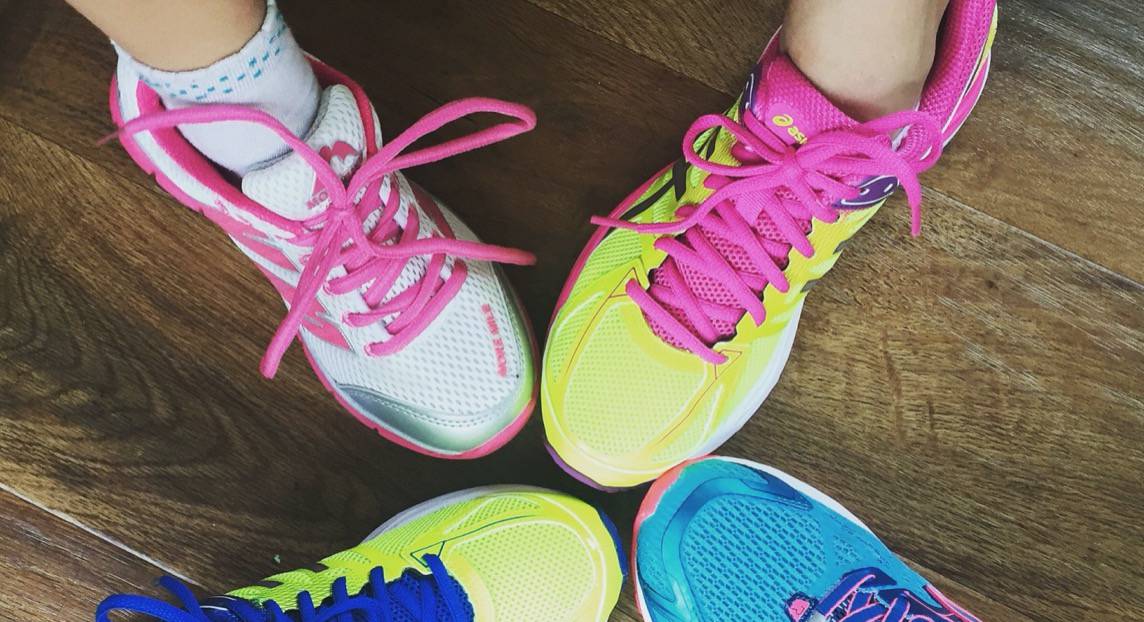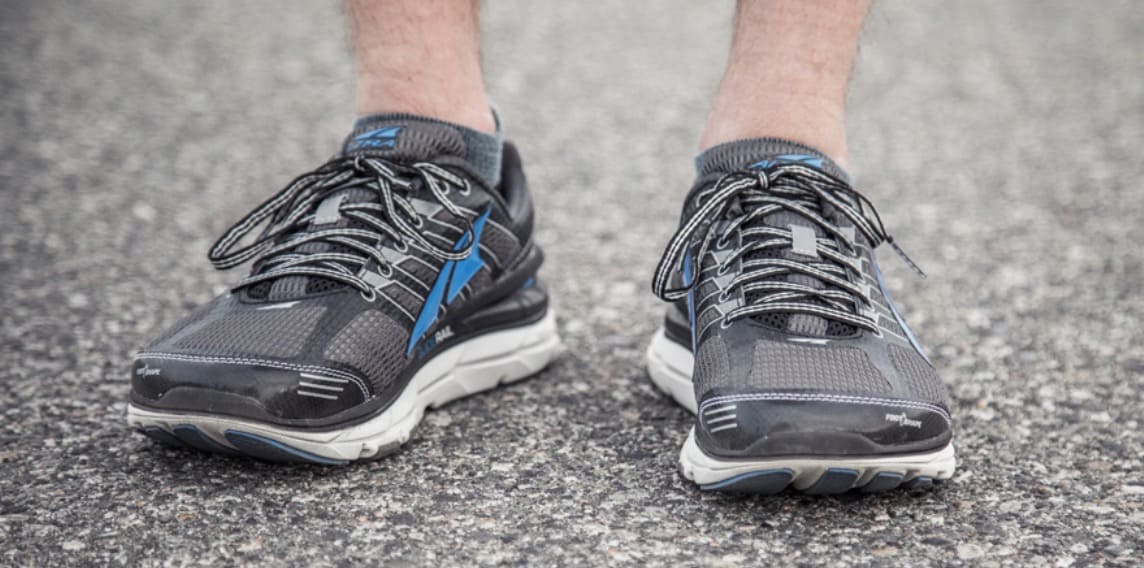Today, there are many types of running shoes that you can choose. However, it can be a challenge to know which one is better than the other. So depending on the mileage that you are running, there is a shoe that fits every runner and a shoe for every foot as well. Plus, there is a shoe to fit every need according to what you require. For instance, whether you need a neutral shoe, a certain heel to toe drop, a wider toe box, or you need a shoe that controls your foot roll. All these, among other running shoe needs, can be met if you search for the right shoe for you. Fortunately, there are many running shoes that you can get that are made to meet the needs of every man and woman. In this article, you will learn how to choose the right running shoes.
1. Regard your foot strike
As you run or walk, do you know your foot strike? While some people land on the forefoot or midfoot. Most individuals land on their heel while they run. Although, no matter how you land, it works best for every individual. However, it is still as important to consider your foot strike as you choose your running shoes. So select a running shoe that is on par with your gait. Although most people may assume this and still be comfortable with their shoes. However, you should be aware of your foot strike. One of the indicators that can help as you shop for your shoe is checking the heel to toe drop. This difference of height between the toe of the shoe and the heel will let you know the shoe to choose. For instance, people who land on their heel will be more comfortable with a running shoe with a drop of 10-12 mm. While for those who land with their midfoot, the right shoes have a heel to toe drop of between 5 and 7mm. Runners that land on their toes suit best with zero drop shoes or shoes with a low-drop.
2. Consider your gender

One of the guidelines that you need to consider as you choose the right running shoe is your gender. Since men and women have different biomechanics due to their different bodies. For instance, the hip shape of the two genders is different, and it influences the running gait and also the height to mass ratio. So as you choose your Nike Air Force 1 shoes, you need to keep this in mind. However, most of the women’s running shoe design is just a smaller version of men’s shoes. Fortunately, the many shoe brands available are now incorporating gender-specific constructions and solutions as they design the running shoes.
3. Check out your stability
Did you know that every time you run, a force 2 times your body weight is submitted to your body? Besides, although your ankle is your body’s shock absorption system. It is not in everyone that the ankles support their gait perfectly. Due to some individuals having ankles that are not stable, they need a shoe that is more structured to ensure the foot remains aligned as they run. In this way, you will also avoid any possible injury as it will help you as you land, to land in the right position. Therefore, it is important to know if you are looking for the right running shoe, how is your stability. So if your ankle is the type that needs more support and you can shop for a shoe that offers more stability, the better. The other option is to find a good insole that helps your stability even more. There are specialized running insoles made by Protalus that provide alignment, support, and extra comfort.
4. Consider how you are going to run

Whether you are buying a shoe for race day or long daily runs. You need to consider how you are going to run as you shop for the right shoe. Plus, you can compare running shoes to cars. As some are small, others lightweight, and those that are purposely for speed. While others are heavier, larger, and are made for comfort. For this reason, as you choose your running shoe, look at how you will be training or racing in them. Do you need the shoe for slow-paced runs, day to day training, or moderate pace runs? Additionally, consider if these are the shoes you will use for days of fast training or are they the shoes that you will use in the race. All these considerations will help you as you choose the right shoe to get one that fits your needs.
5. Factor in your weight
When you are shopping for a running shoe, always factor in weight. Apart from the shoe having the function to cushion and absorb part of the impact on the ground. This impact in many instances, causes stress on the joints of the knee, ankles, and hips. Thus, for heavier runners, they need more protection and cushion than the lightweight runners. On the other hand, lightweight runners can find a shoe that is too cushioned. As a result, it will not be the right shoe for them, as they are unresponsive and unstable. So, since you cannot test out many pairs of running shoes to know which feels right. It is vital as you shop, you tell them to consider your weight, and give you the shoe that blends with your size.
6. Consider where you are going to run

What surface are you running on? This is a vital consideration as various surfaces call for various types of running shoes to be comfortable and avoid any injury. As an example, running on natural trails and running on concrete are two different surfaces and require very different shoes. Due to this, for road shoes, the type you choose needs to fight the hardest surface. Since their focus is to maximize the shock absorption at various levels. At the same time, trail running shoes need to focus on protection, traction, and breathability. Otherwise, you can opt for hybrid running shoes that come in handy for either terrain.

